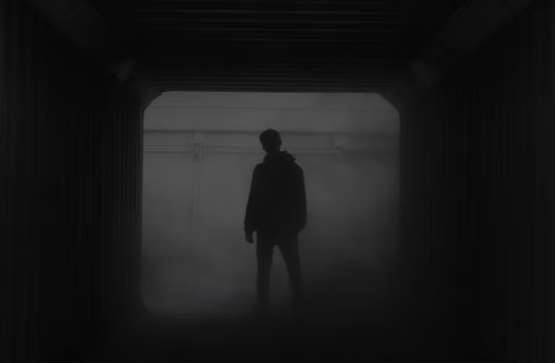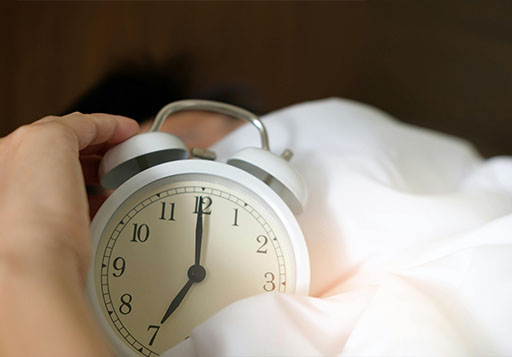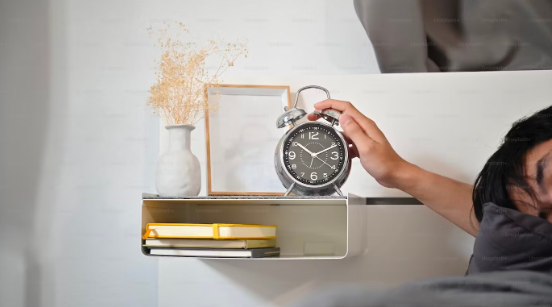Different sleeping habits around the world

Author: Jonathan Warren

Whether it’s a quality kip in Blighty or a siesta in Spain, sleep is a universal necessity. But how do sleeping habits and sleeping traditions vary around the world? We've taken a look at how sleep is approached in different countries to see if there are any hints and tips we can takeaway for ourselves!
They say travel broadens the mind, so perhaps a global tour of different sleeping habits will broaden our insight into quality sleep...
Different sleeping habits around the world
Spanish Siesta
A widespread practice across the Mediterranean, a siesta is an afternoon nap which has become synonymous with Spain. Typically taken between 2pm and 5pm, the Spanish siesta is a chance to rest and regroup during the hottest part of the day, to take shelter from the sun and have a break from work. Businesses often close for a short period in the early afternoons in Spain to partake in this sleeping ritual which can improve alertness, boost your mood and reduce your stress levels.
A Riposo in Italia
Spain isn't the only country partaking in afternoon naps, as Italians are known to regularly take a riposo during the early afternoon. Dating back to Roman times, the riposo is also a way of resting during the hottest part of the day. If you keep an afternoon nap short, so you don't fall into a deep sleep and disrupt your circadian rhythm, there's no reason why you can't share the benefits of a riposo too – you might find that a short rest can significantly lower your everyday stresses and worries.
The Japanese Inemuri
Further afield, the Japanese inemuri is a slightly different kettle of fish. The inemuri is best explained conceptually as "sleeping on the job". But that doesn't mean that the Japanese should be considered lazy – in fact, quite the opposite is true! With such a work-focused culture, people in Japan get less sleep than many other countries around the world. Taking a short nap or "inemuri" is encouraged to increase productivity in Japanese workers and is associated with hard work. Whilst not necessarily tied to a certain time of day like the siesta or riposo, the inemuri still comes with many benefits linked to napping.
Scandi Winter Nap
Whilst we might associate sleep with a warm and cosy environment, the Scandi “winter nap” is all about embracing the cold. In Scandinavia, parents are often known to leave their young children outside for a daily nap in the freezing cold climate. Babies left outside tucked up in the prams, according to the Scandinavians, sleep better and for longer than if they napped indoors. They also have more of a chance to acclimatise to the harsh wintry conditions from an early age. Brrr!
Alternative sleepers
Regardless of where you lay your weary head, there are plenty of ways to approach sleep. And aside from napping traditions, there are many different sleeping habits which could be the answer to your prayers for better sleep.
A key issue up for debate is whether you should head to bed in nothing but your birthday suit. Whilst many of us opt for comfy pyjamas, many adults embrace naked sleeping – and there are many benefits of doing so, including better quality sleep. Sleeping naked is a great way of regulating your body temperature and staying cool underneath the sheets. If you get too hot wearing pyjamas, you'll be impeding your sleep quality and it could be time to strip off! You could also check out our tips for sleeping this summer if you are struggling to tackle temperature.
On a more niche level, for some, the trick to a restorative night's shuteye comes in the form of dreamcatchers and worry dolls. Dreamcatchers, or "sacred hoops'', hark back to Native American tribal beliefs that the night air is full of good and bad dreams. Made from feathers, beads and other sacred items – and constructed to mimic a spider's web – a dreamcatcher is positioned above your sleep sanctuary as a form of protection, catching all the bad dreams before they have a chance to reach you. With the same focus of allowing you to sleep soundly, children in Guatemala will tell a worry doll any worries on their mind before bedding down, helping them to drift off peacefully into the land of nod.
Whether it's dreamcatchers or worry dolls, focusing on your mental health before bedtime and practising a little self-care could work wonders for your sleep. Want some more tips on how to get the best slumber? Check out our blog on How to improve sleep quality.



